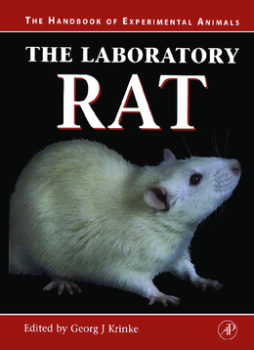
Additional Information
Book Details
Abstract
This reference series will provide all researchers using laboratory animals with comprehensive practical information on the various species. Each title in the series is devoted to a particular species, and draws together all available data in a "one-stop", easily accessible source. Each has similar format, with sections on the strains available, their husbandry, and special diets. Also included are sections on gross anatomy, endocrinology, and reproduction, followed by more detailed sections on neuroanatomy, vasculature, cell biology, and histology of particular organs and structures, and a section on molecular biology.
High quality illustrations are included throughout and a color plate section is provided. A glossary, list of equipment suppliers, and "Quick Reference Section" are added features. The "Quick Reference Section" brings together all tables from the text, allowing readers to find data swiftly.
The first volume in The Handbook of Experimental Animals Series, The Laboratory Rat, provides researchers in academia and industry using laboratory animals with comprehensive, practical information on the species. The Laboratory Rat has been divided into eight sections dealing with:
* Strains and their selection for research
* Housing and maintenance
* Pathogens and diseases
* Breeding and reproduction
* Anatomy
* Physiology
* Procedures, including experimental surgery
* Emerging techniques, including genetic engineering and molecular technology
Key Features
* Provides a valuable, comprehensive reference source for anybody working with the laboratory rat
* Formatted in a two-color, user-friendly layout
* Includes high-quality illustrations throughout as well as a color plate section
* Glossary
* Tables in the text are also arranged into one Quick Reference Section for ease of access to the data
* Appendix of equipment suppliers
"By assembling contributions from no less than 50 authors from eight countries, the editor has come close to producing a 'one-stop-shop' of information for those who work with laboratory rats. ...it is hard to think of another contemporary source of information on the laboratory rat that brings so much together so conveniently. ...This book will go a long way to ensuring that those of us who work with these special animals will do so in a more informed manner to the benefit of all concerned."
&#;M. France, Director of Animal Services, University of Sydney for AUSTRALIAN VETERINARY JOURNAL (2002)
"...the rest of the series then we are in for a treat, sitting well as an exciting new laboratory manual work for the Millennium."
--Dr. H.B. Waynforth, SMITHKLINE BEECHAM PHARMACEUTICALS, UK
